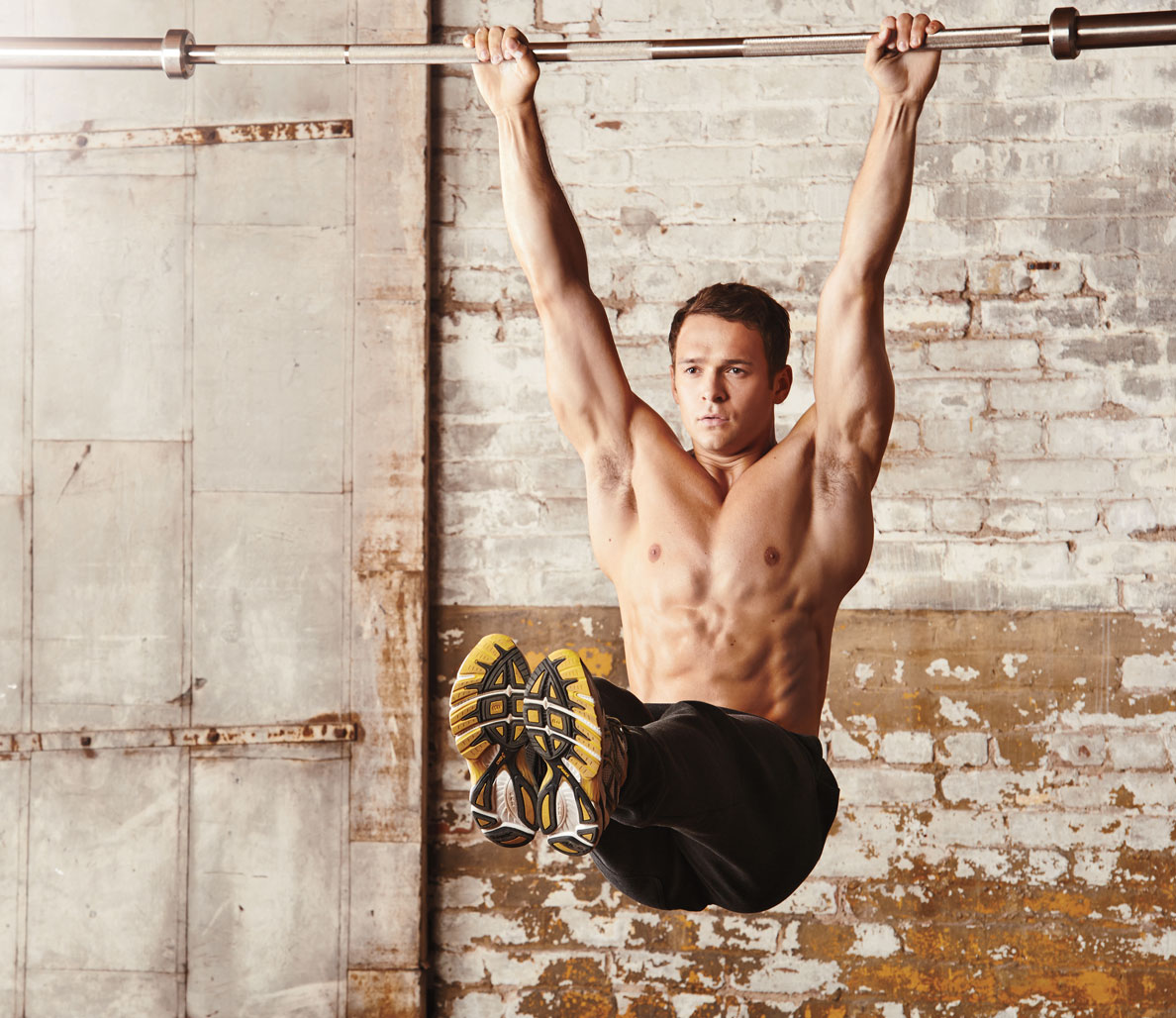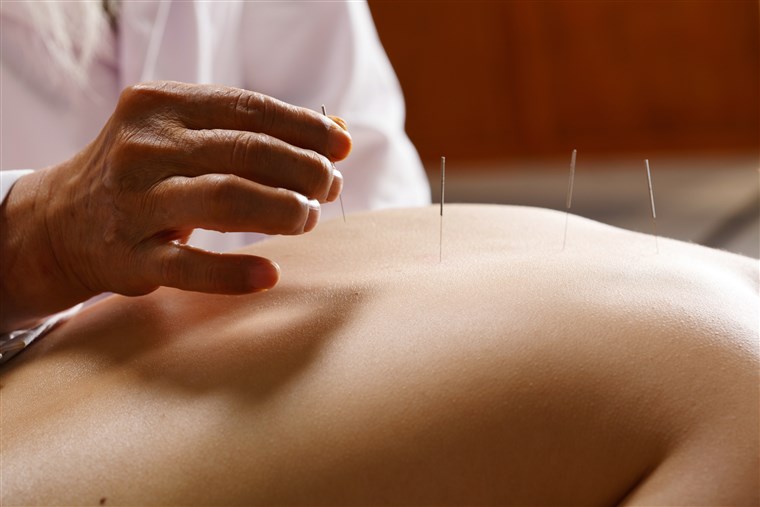Does your abs routine target the key muscles of the abdomen from all angles? Do you do the right combination of exercises to give you the most complete workout? The core region of the body is very complex and technically consists of the collective muscles that control your trunk. The abdominals are central to the core region and work in concert with the erector spinae muscles of the spine to provide stability to the torso.
The abdominals are comprised of four muscle groups: the rectus abdominis, the internal and external obliques, and the transversus abdominis. They are layered, overlapping, and connected to each other. They run vertically, diagonally, and horizontally, and often function synergistically.
1) The rectus abdominis is best known as the coveted “six-pack” muscle, which describes the sections that develop when this muscle is toned. It is the most superficial muscle of the abdomen, running vertically from the sternum to the pubic bone. It functions to flex the spine and is the main muscle involved in doing crunches.
2) The internal/external obliques are found on the sides of the core area. The obliques provide power to twist and turn the torso as well as to keep it erect. Twisting exercises, like side crunches and torso rotations, recruit these muscles to trim the waist line and firm up the sides of the waist. Planks engage the obliques in isometric stabilization as they engage to maintain the horizontal position of the torso.
3) When it is toned, the transversus abdominis acts as a natural girdle, flattening the abdomen and supporting the low back. It runs horizontally around your midsection and is the deepest abdominal muscle. To target it, do pelvic tilts or “dead bugs,” exercises where you stabilize the pelvis against the changing resistance of your arm and leg movements. This is the secret to a flatter belly!
4) A balanced core workout includes exercises for the erector spinae, the spinal extensors that run along the length of the spine. Back extensions trigger this group, strengthening and lengthening the muscles of the spine to support the torso, improve your posture and prevent back pain.
A well-rounded abs workout includes exercises for all of these muscles. Like any muscle group, the core muscles require 24 to 48 hours’ recovery time between workouts. Although they are primarily endurance muscles, which recover quickly from an abundance of work, they still need time to rest, recover, and rebuild.




